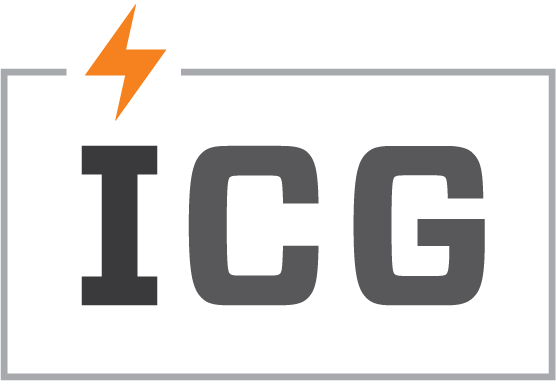 |
How often do IT problems disrupt your workflow? Have you ever calculated the cost of downtime in lost productivity and revenue? Are your cybersecurity defenses strong enough to withstand modern threats? If these questions make you pause, you're not alone. Many businesses struggle with IT challenges that hinder growth, introduce security risks, and drain valuable resources. |
| Consider this: According to Gartner, businesses lose $5,600 per minute of downtime. This statistic highlights just how critical it is to have a strong IT strategy in place. |
Instead of reacting to IT problems as they arise, a proactive approach can help businesses maintain smooth operations, minimize risks, and optimize resources. IT Managed Services provide a structured way to achieve this, allowing companies to focus on their core activities while ensuring their technology remains efficient and secure.
The Biggest IT Challenges
|
Unplanned Downtime Downtime - whether caused by network failures, hardware malfunctions, or software issues, can have serious consequences. Every minute of lost productivity translates to lost revenue, operational inefficiencies, and potential customer dissatisfaction. One common cause of downtime is high latency or lag, which can severely impact user experience. Slow response times lead to frustration, lower productivity, and lost revenue. A proactive IT strategy includes continuous monitoring, preventative maintenance, and rapid incident response. Businesses that invest in proactive IT management can significantly reduce the likelihood of unexpected outages and improve overall system reliability.
|
|
|
Cybersecurity Threats Cybersecurity threats are evolving at an alarming rate, with businesses increasingly targeted by ransomware, phishing scams, and data breaches. A single cyberattack can compromise sensitive information, disrupt operations, and even lead to legal and financial repercussions. Implementing a strong cybersecurity framework - including continuous threat monitoring, employee security training, and a comprehensive incident response plan is essential for businesses to stay protected in an ever-changing threat landscape.
|
|
|
IT Overload For many organizations, IT teams are often tasked with managing everything from technical support to network infrastructure, software updates, and security patches. This heavy workload can lead to burnout, decreased efficiency, and difficulty in focusing on innovation and strategic IT planning. A more sustainable approach is to balance in-house IT efforts with external support. Outsourcing key IT functions can free up internal teams to focus on projects that drive business growth, rather than getting bogged down by routine maintenance and troubleshooting.
|
|
|
Growing Pains As businesses grow, their IT needs evolve. Scaling IT infrastructure - whether by expanding cloud capabilities, upgrading hardware, or integrating new software requires careful planning to ensure cost-effectiveness and efficiency. Businesses can benefit from adopting a flexible IT model that allows for seamless scalability. This includes leveraging cloud solutions, optimizing resource allocation, and ensuring IT infrastructure can adapt to evolving business requirements. |
How ICG Can Support Your IT Needs
Managing IT effectively requires expertise, proactive planning, and the right technology solutions. ICG provides a suite of IT Managed Services designed to address these common challenges, helping businesses improve uptime, enhance security, and scale efficiently.
Our tailored IT services include:
- 24/7 system monitoring and technical support
- Robust cybersecurity protection and threat management
- Cloud optimization and infrastructure scaling
- Disaster recovery planning and data backup solutions
- ...and more!
By choosing ICG as your IT Managed Services provider, you gain more than just technical support—you gain a strategic IT partner. Our proactive approach ensures maximum uptime, strengthened security, and efficient operations that save you time and money.
If you're ready to take a more proactive approach to IT, schedule a free consultation with ICG today to explore how our IT Managed Services can support your business goals.
